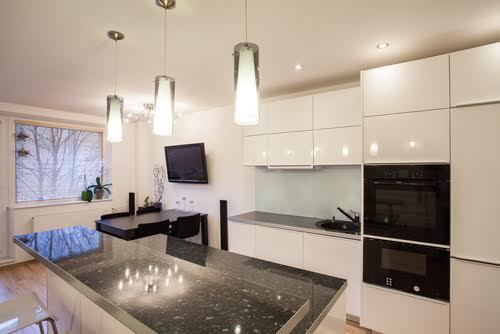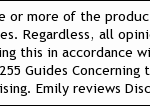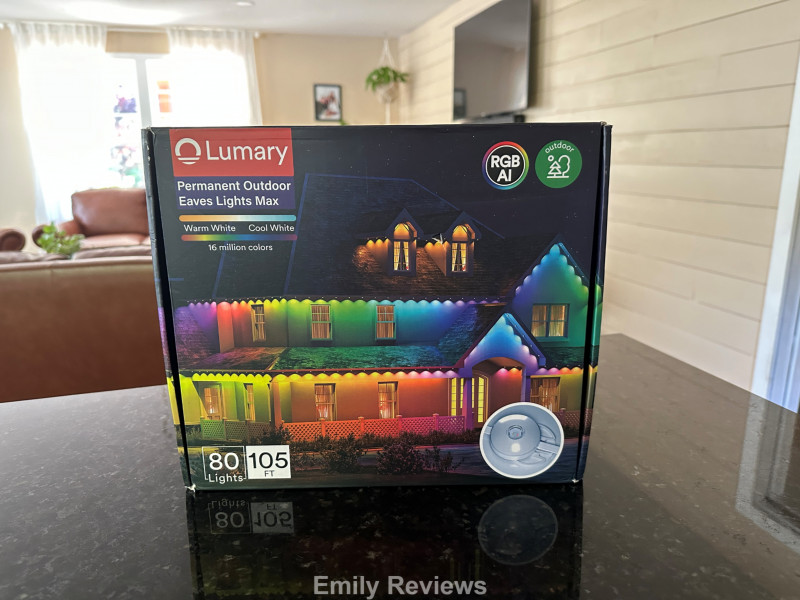
- Incandescent The most common and cheapest of the bulbs gives off warm, relaxed tones. They last anywhere from 700 to 100 hours, but won’t save you any money on the utility bill.
- LED LED bulbs are your best option for energy efficiency. They last long, are extremely bright and integrate well with dimmers. They are, however, considerably more expensive than their bulb counterparts.
- CFL Compact Fluorescent lights last 10 times as long as incandescent bulbs while consuming around a quarter of the energy. They do contain small amounts of mercury though, so make sure you recycle them. Here’s a handy guide from the EPA on how to do that.
- Fluorescent Differing from CFLs in the noise and light strength they give off, typical fluorescent bulbs are used to light large areas. They also last longer and produce more light than incandescent bulbs
- Halogen Halogen bulbs give a daylight feel, also known as white light. Though more efficient than incandescent bulbs, they’re more expensive and burn at higher temperatures. Never handle a halogen light bulb without gloves or some other barrier, as oil from our hands can cause the bulb to heat too quickly and explode.
See the Blue Star
Consider Technology
Smartphone apps are being developed in bunches each day, and they’re all not involving time-sucking games. Check out this list of 10 energy-saving smartphone apps that range from tracking energy use across the home to developing strategies to reduce usage in the future. You have to know your options before you can start reducing your energy usage. Check back for more in-depth info on energy-saving measures you can take in your home.
Hi there! I am Emily Evert, the owner of Emily Reviews. I am 28 and live in a small town in Michigan with my boyfriend Ryan and our two pugs. I have a large family and I adore my nieces and nephews. I love reading memoirs, and learning about child development and psychology. I love watching The Game of Thrones, Teen Mom, Sister Wives and Veep. I like listening to Jason Isbell, John Prine, and other alt-country or Americana music. I created Emily Reviews as a creative outlet to share my life and the products that I love with others.
This post currently has one response.















I just moved into an apartment and the lights here are horrible. Soon I will be going out to buy some energy saving bulbs. Thanks for sharing.